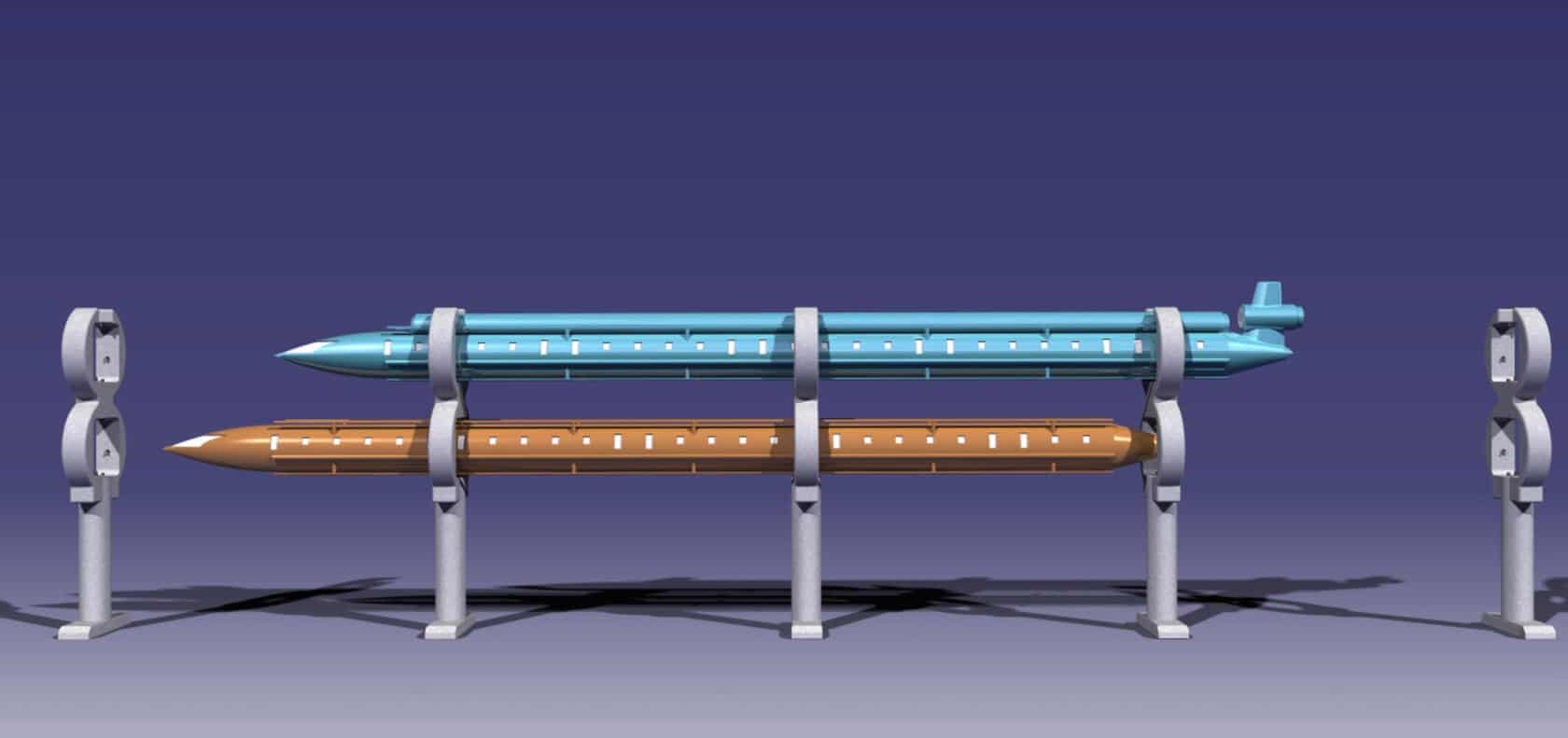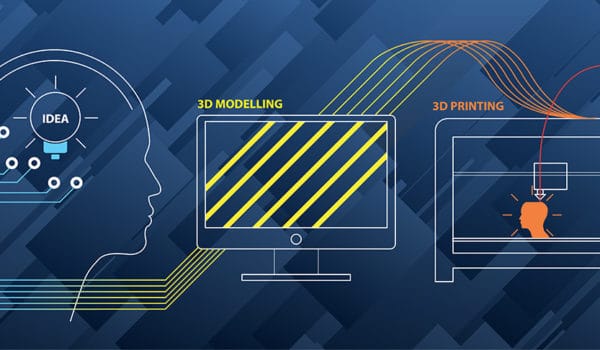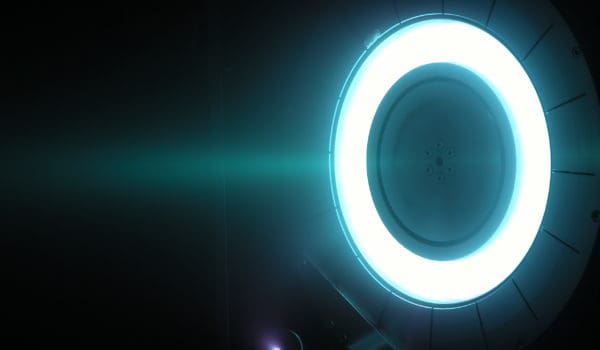In 2004, an inventor named Naveen Chaudhary pitched his design into the metaphorical ring of Ringway. While it's rather a fantasy, it does provide a glimpse of what the future of the 'loop' may look like, at least to some extent.
Elon Musk, the CEO of Tesla and SpaceX, and his technical teams unveiled their design for a new form of transportation called the “Hyperloop” in August of 2013. Since then, numerous engineers, designers, and even fledgling companies (sometimes with big-dollar backers) have offered up their take on the unconventional concept, with a few of them even developing prototypes.
However, in 2004, an inventor named Naveen Chaudhary pitched his design into the metaphorical ring of Ringway. While it’s rather a fantasy, it does provide a glimpse of what the future of the ‘loop’ may look like, at least to some extent.
What Is Ringway Transportation
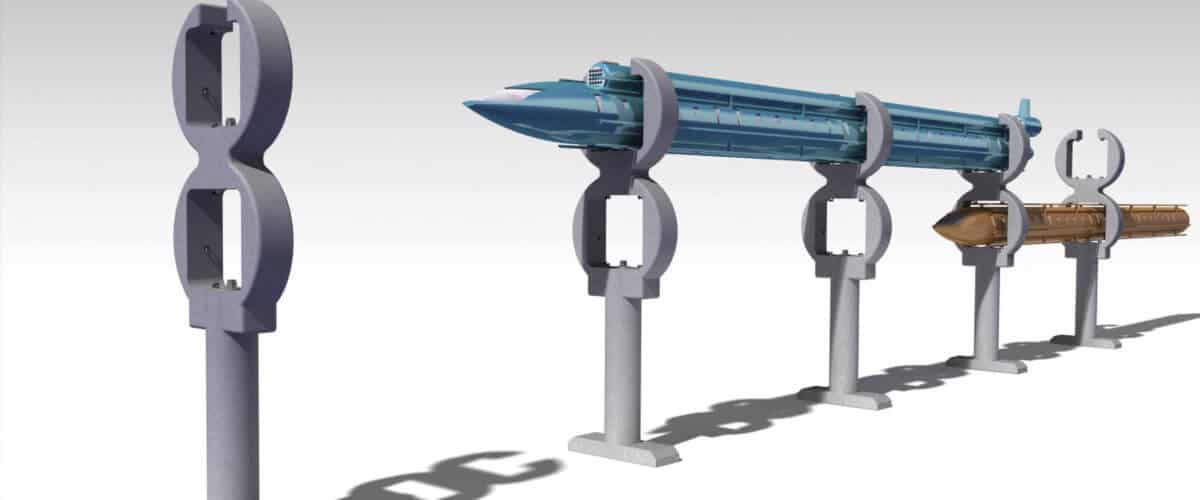
While the Hyperloop transports passengers in a pressurized tube, the Ringway Transportation would include windows and provide vistas. This trip has the potential to be pretty nice. However, because of Ringway Transportation‘s low-tech container, it may be viewed more like a high-speed building than an aircraft or train. For those on longer travels, one automobile might provide a park with a jogging track or a number of private cottages.
The principle of the present invention developed from the observation of the relationship between the balance points of the beam at rest on two points. It is noted that when a small beam slides from the edge of a table or wall, given a uniform weight distribution, the beam will be pushed to almost half of its length before tilting occurs. The present mode of transportation is named as Ringway transportation system and it is defined as the means of the transportation system in which the vehicle glides and moves in the linear direction with the use of a direct or indirect source of thrust between the ring/frame supported by a continuously aligned plurality of pillars.
Why It Matters
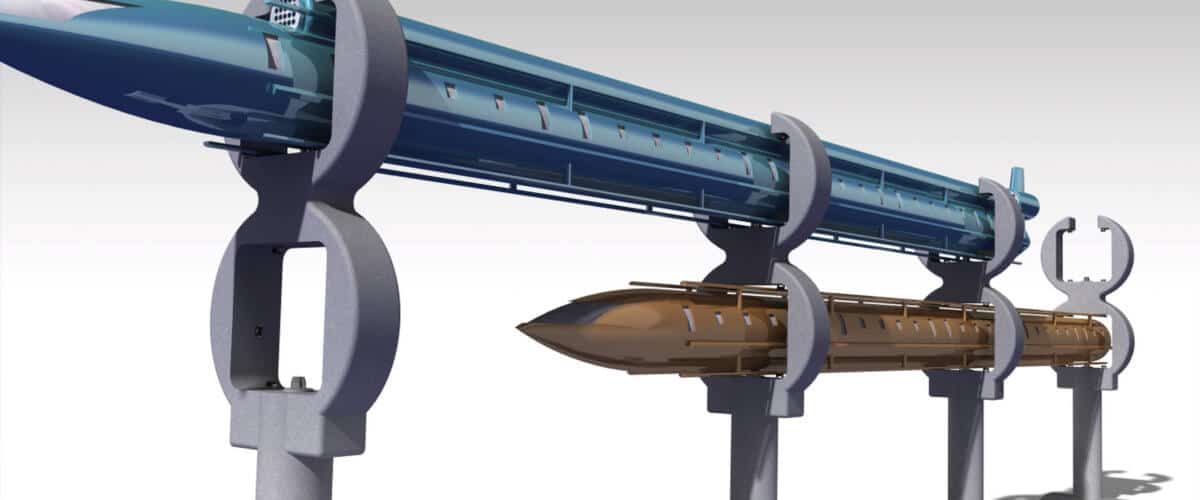
The present invention solves the problem of congestion, carbon, cost, safety, efficiency, and speed. There is a need for a revolution in the transportation system to deal with interrelated and surmountable above problems. The Ringway Transportation system maintains traditional rail and air transportation characteristics but reconfigures them in a highly innovative design. The design employs that the steel wheels are replaced by the chain drive wheel and continuous steel rail is replaced by a mover or magnetic levitation components fixed on the ringway pillar support and on the vehicle. The functionality of the pillar support and vehicle is combined. It is accomplished by reversing the orientation of the wheel and the rail. The vehicle is driven by a motor connected to the chain drive wheel assembly placed at the bottom end of the vehicle or by using magnetic levitation. A mover fixed in the frame of Ringway pillar support will stick in between the chain link and tends to move the vehicle in the direction of rotation of the motor. Placing the roller permanently on a fixed structure of Ringway pillar support and the deflection plate on the strengthened vehicle will help to turn the vehicle at certain curves or elevations. The Ringway transportation system uses the principle of the cantilever beam, a projection anchored at one end. Since the vehicle is moving within and is held by the support frames, the effect is to create a cantilever beam. The beam is fixed in its vertical orientation, but the motion is in its horizontal orientation. This futuristic transportation system is to operate at supersonic speed by utilizing the magnetic levitation system and introduction of the Magnetoplasmaionic (MPI) Engine, which is a free energy system, to use the Earth’s atmospheric energy ions and plasma to convert into the direct or indirect form of the power supply, which provides thrust to the vehicle of the present invention.
Its tall pillars would not prevent animals from crossing underneath it, as some highways and train tracks do. The route can even turn, as suggested in the patent. While the pillars appear to be arranged in perfect circles in the images here, it proposes they could be elliptical, which would offer a bit of left-right leeway, allowing the train to turn very slowly. Within two kilometers it can turn about four degrees. In fact, the high-speed rails or hyperloop of today have similar restrictions.
Ringway Transportation System estimates that 80% of total system costs are related to the components that are both standardized and mass-produced by jet or airplane or railways or maglev components manufacturing industries. It is only the footer and electrical installation that is site-specific. Since the system is essentially 80% air space, there is simply less material involved. The use of non-esoteric technology as all systems can be built upon existing know-how and the ability to pre-fabricate and mass-produce the component. The utilization of air space and the elimination of continuous rail results in reduced land use. There is minimal disruption of existing infrastructure during construction and operation. These cost savings can be as great as 70% when compared with any existing rail or airplane alternatives. Ringway transportation system applications include recreation and people-moving, urban transit, high-speed land transport, supersonic air transport, and military transport. Climate change has now become an international priority as the world urbanizes at a rate unparalleled in human history and this transportation system is zero carbon and free energy means of transportation.
Of course, it’s easy to become excited over a technology that doesn’t exist yet. However, I would argue that it is also acceptable. We need a world that is motivated by sustainability, and Naveen has certainly built something that is inspirational.
Photo: ringway.tech
You might also like:
Support us!
All your donations will be used to pay the magazine’s journalists and to support the ongoing costs of maintaining the site.
Share this post
Interested in co-operating with us?
We are open to co-operation from writers and businesses alike. You can reach us on our email at [email protected]/[email protected] and we will get back to you as quick as we can.
